2023 Skoda Kodiaq vRS Review: Better With A Golf GTI Engine, But Not Recommendable
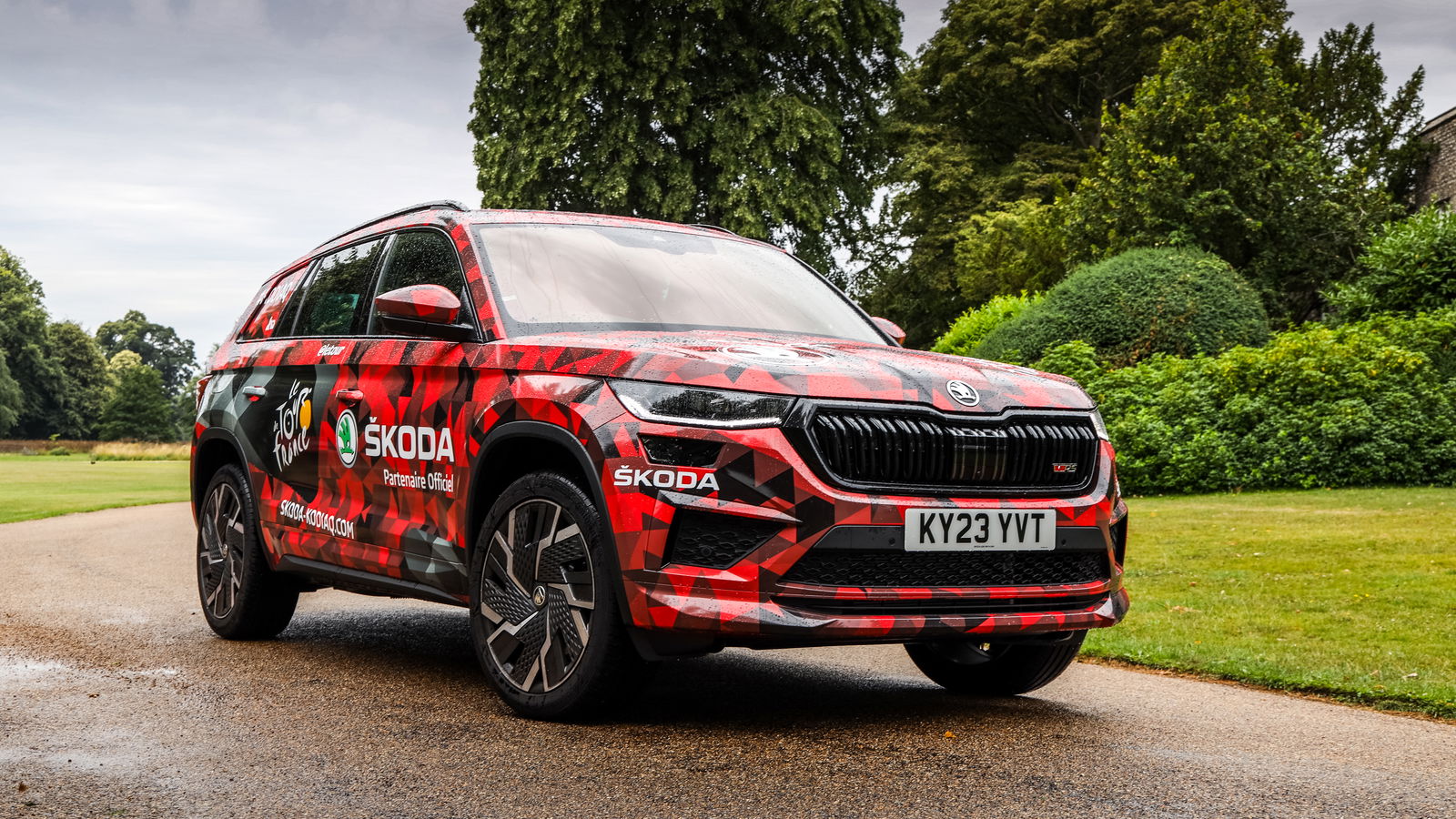
Pros
- ComfortableQuicker than the diesel
Cons
- Not that excitingExpensive
You have to commend Skoda for doing something a little different with the first Kodiaq vRS. Opting for a diesel engine instead of petrol, it stood out amongst the many other performance SUVs kicking around at the time. Decent fuel economy and good pace - what’s not to like?
That 237bhp unit had a lot of car to shift, though. The Kodiaq vRS didn’t feel that quick when we first drove it on the international launch a few years back, and it wasn’t that exciting in the corners, either. Mechanically, the chassis was the same as a Kodiaq Sportline - Skoda had merely fiddled with the software that controls the adaptive dampers.
Fast forward to today, and the diesel Kodiaq vRS has long since been taken off sale. In its place, there’s a petrol-powered Kodiaq vRS, using a 2.0-litre ‘EA888’ inline-four borrowed from the VW Golf GTI. It develops 242bhp, and to save you doing the maths, that’s just 5bhp more than the old diesel engine. Meanwhile, it’s down nearly 100lb ft of torque on its predecessor, with a total figure of 272lb ft.
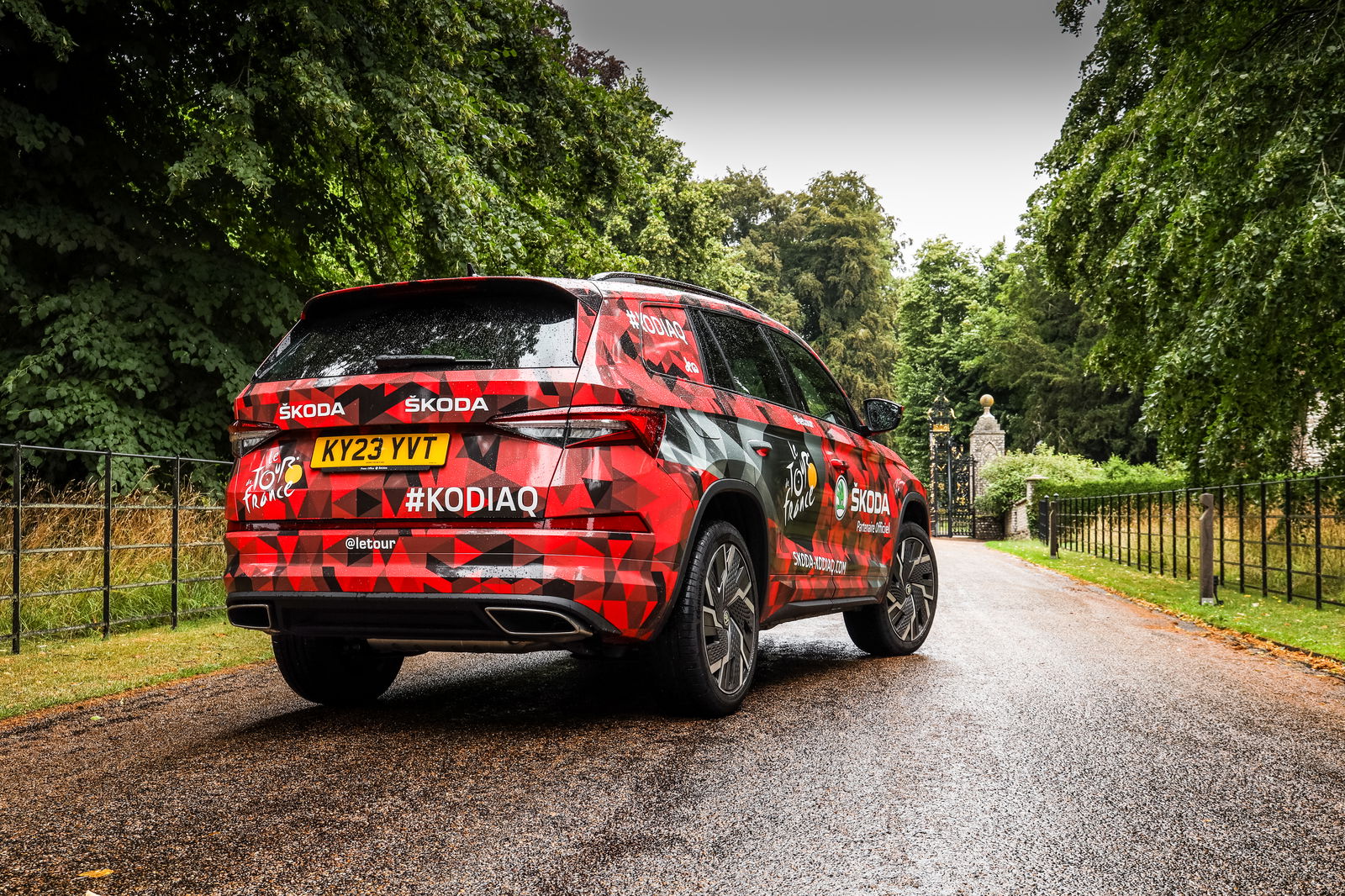
The thing is, though, petrol engines are quite a bit lighter than diesel, so the unleaded-fueled vRS is a handy 60kg lighter than its predecessor. The 0-62mph has dropped by four-tenths to a respectable 6.6 seconds, and with so much less weight in the Kodiaq’s nose, it should be sharper, too.
We decided to find out how that shapes up in reality, via a particularly special example of the Kodiaq vRS. It’s one of the circa 200 support cars Skoda supplied for the 2023 Tour de France, hence the snazzy livery. Yes, we did make sure we transported a bicycle in it at least once.
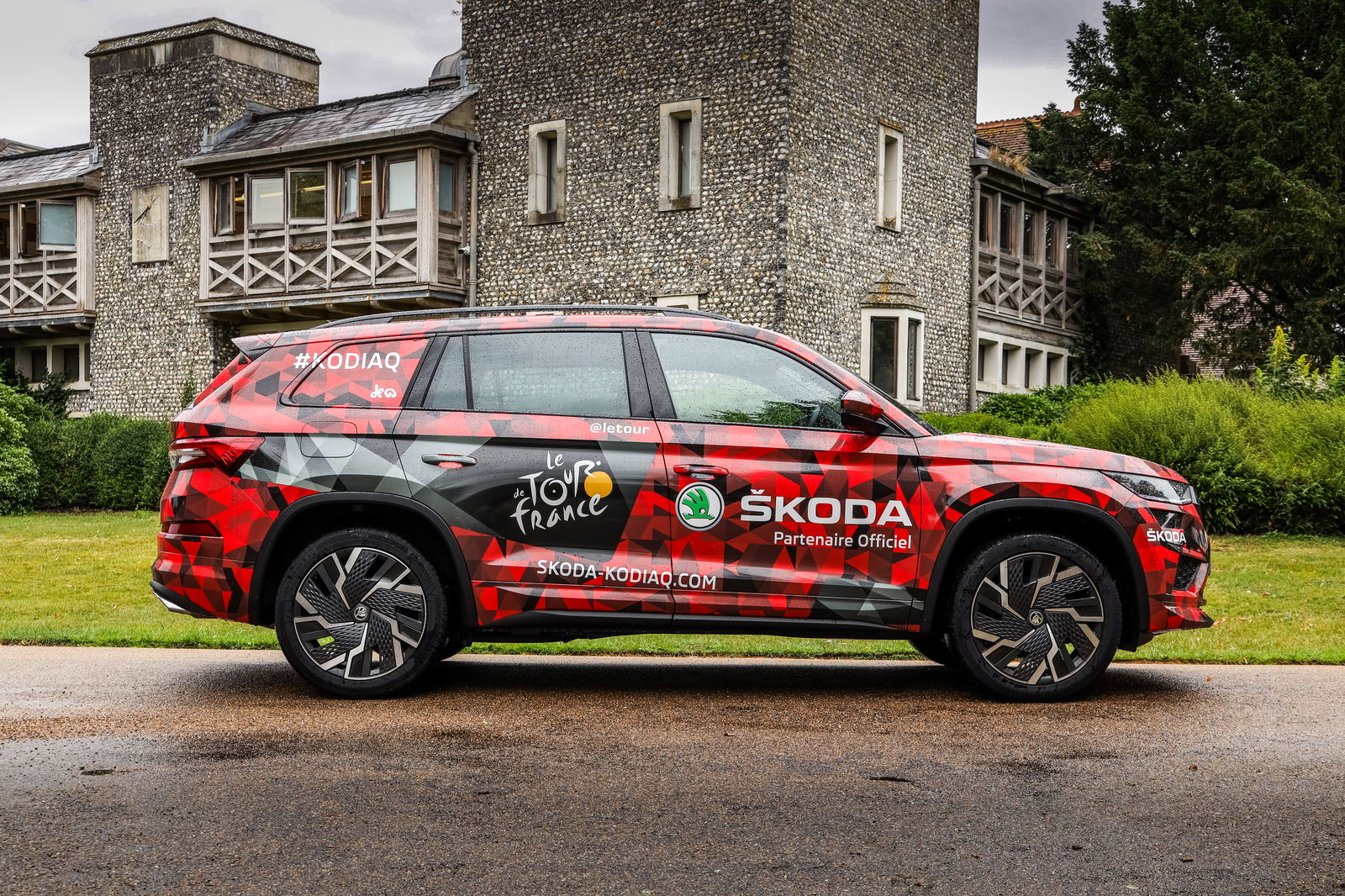
Once finished admiring the livery, we took it for a drive, revealing that yes, it does feel a smidge keener to change direction now, better keeping up with the light, fast and feedback-devoid steering. But it still feels laid back compared to a lot of performance SUVs. Comfort is still clearly high on the agenda, with the softly sprung vRS rolling a fair bit, albeit not excessively.
It also feels quicker, but again, we’re not talking about a night and day difference. It doesn’t help that you’re missing out on the old diesel’s punchier torque output, which a lot of the time matters more than the peak power output. The heightened responsiveness is welcome, though, and we don’t even mind the fake, five-pot-like warble the car makes in Sport mode. A little more power wouldn't go amiss - the EA888 produces plenty more in cars like the Golf R and even Skoda's own Superb, and with all-wheel drive fitted on the vRS as standard, it's not like traction would be an issue.
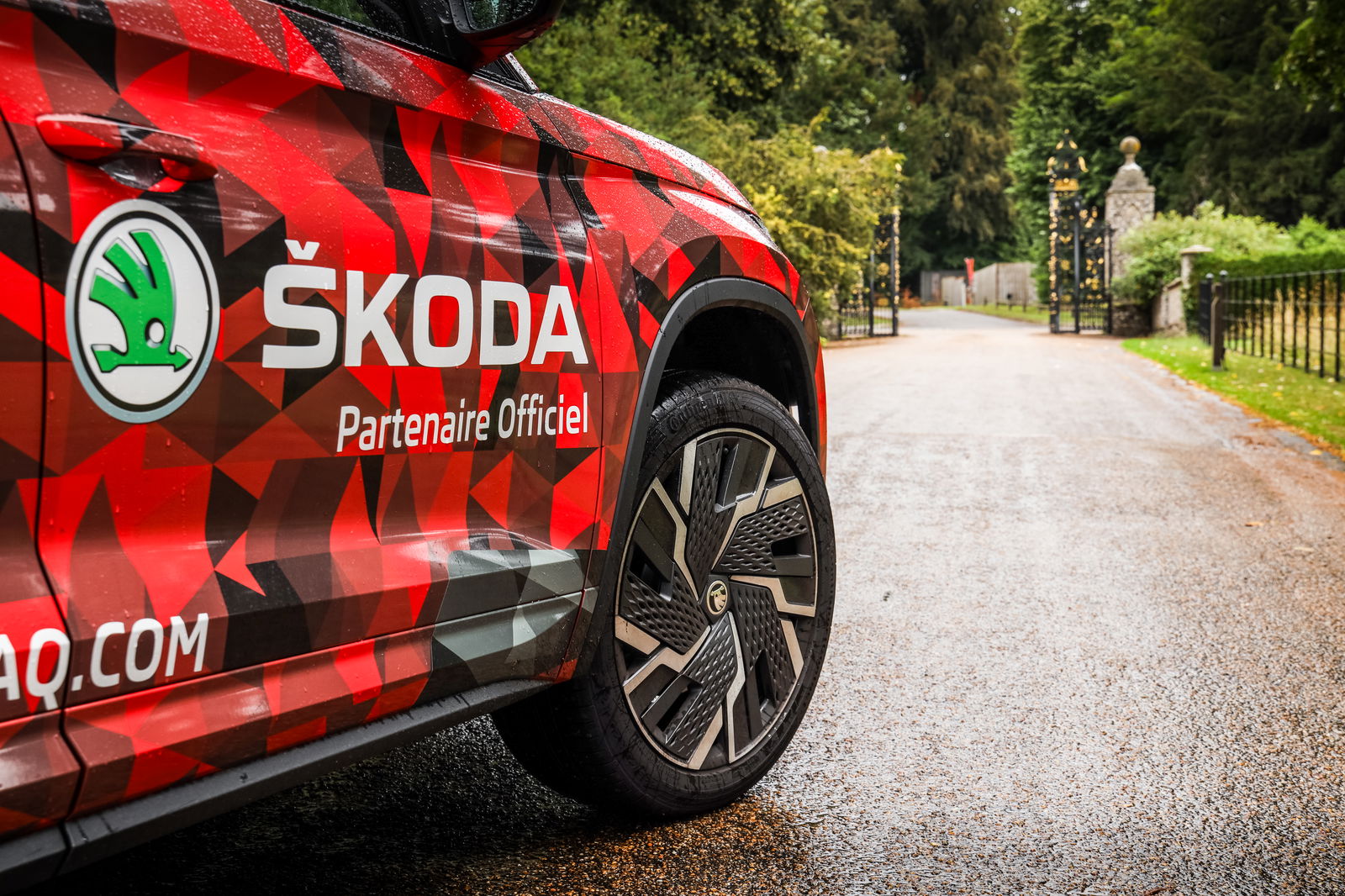
The six-speed automatic gearbox quickly swaps cogs either by itself or via the plasticity steering-wheel-mounted paddle shifters, but it’s less enthusiastic when pulling away from a standstill. Like so many VW Group auto ‘boxes, it seems to take an age to realise that yes, you do in fact want to get going. Best to leave bigger gaps when pulling onto roundabouts and out of junctions.
The overall driving experience on a twisty road is pleasant and brisk, rather than thrilling and fast. The vRS starts to make much more sense when you drive it ‘normally’. It’s a fabulous long-distance cruiser, with its smooth ride, abundance of interior space, quality-feeling cabin and ability to carry seven people - even if the sixth and seventh occupants will need to be fairly short, or kids.
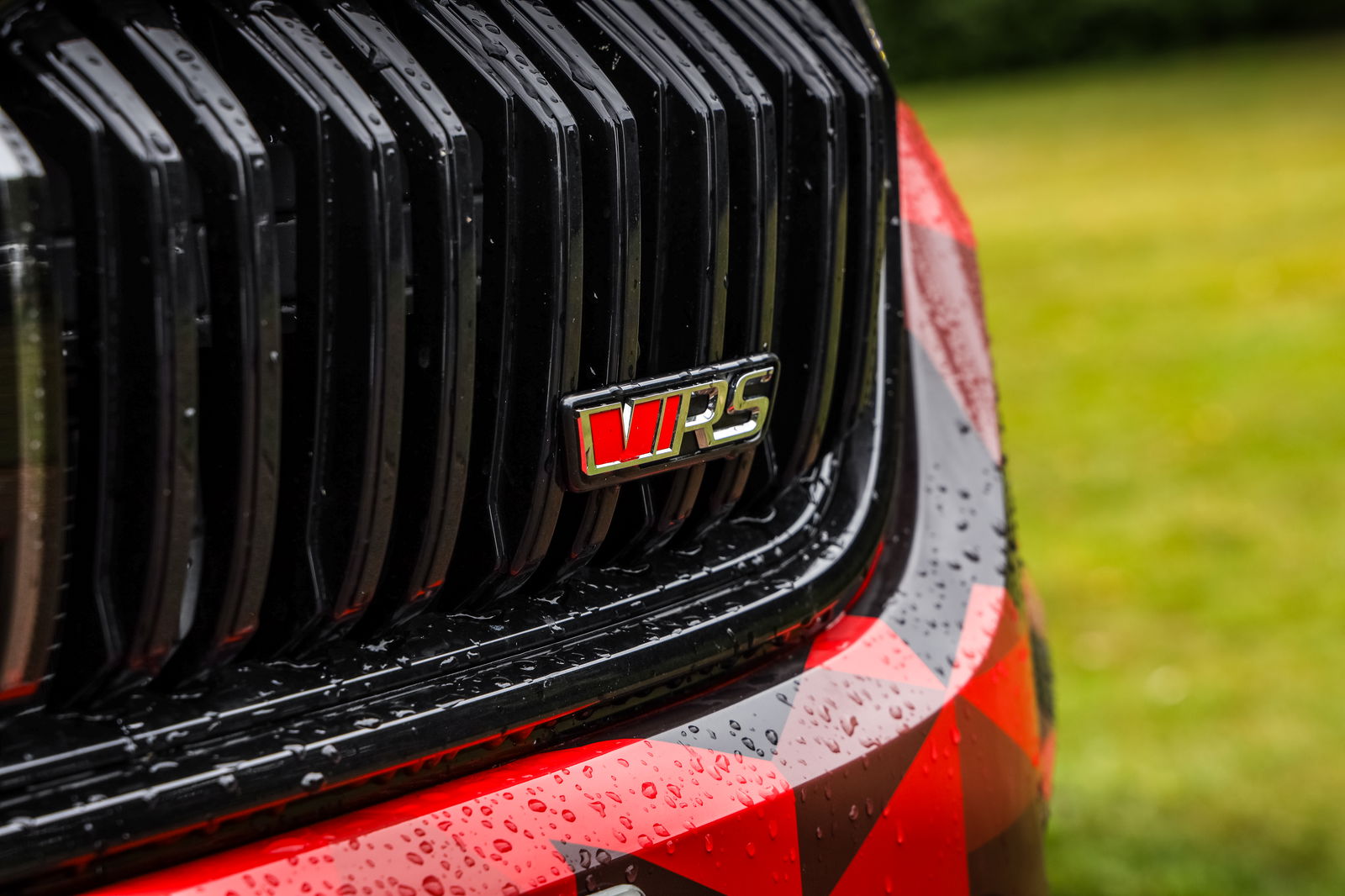
The thing is, even when you’re driving around sedately, you won’t get much more than 30mpg. Switching from diesel to petrol in a heavy car has, as you’d expected, given the fuel economy a bit of a kicking. And when the payoff on a country road isn’t huge, you have to wonder if the vRS is worth it, especially when it costs £49,335.
It’s likeable on the whole, but for the most part, it serves more as a reminder of just how lovely the standard Kodiaq is. It’s getting on a bit and is on the verge of being replaced, but it remains a fabulous family car.
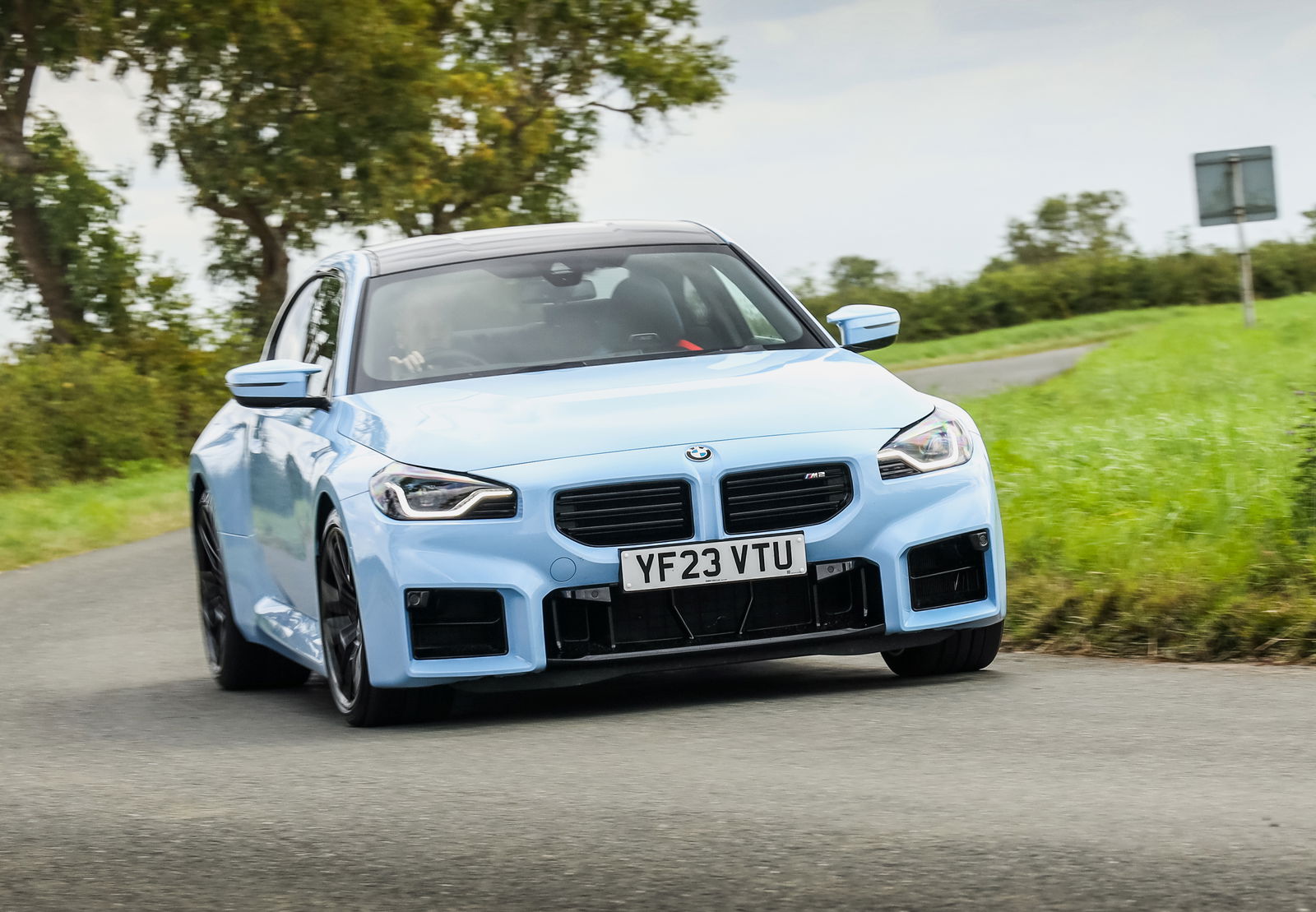
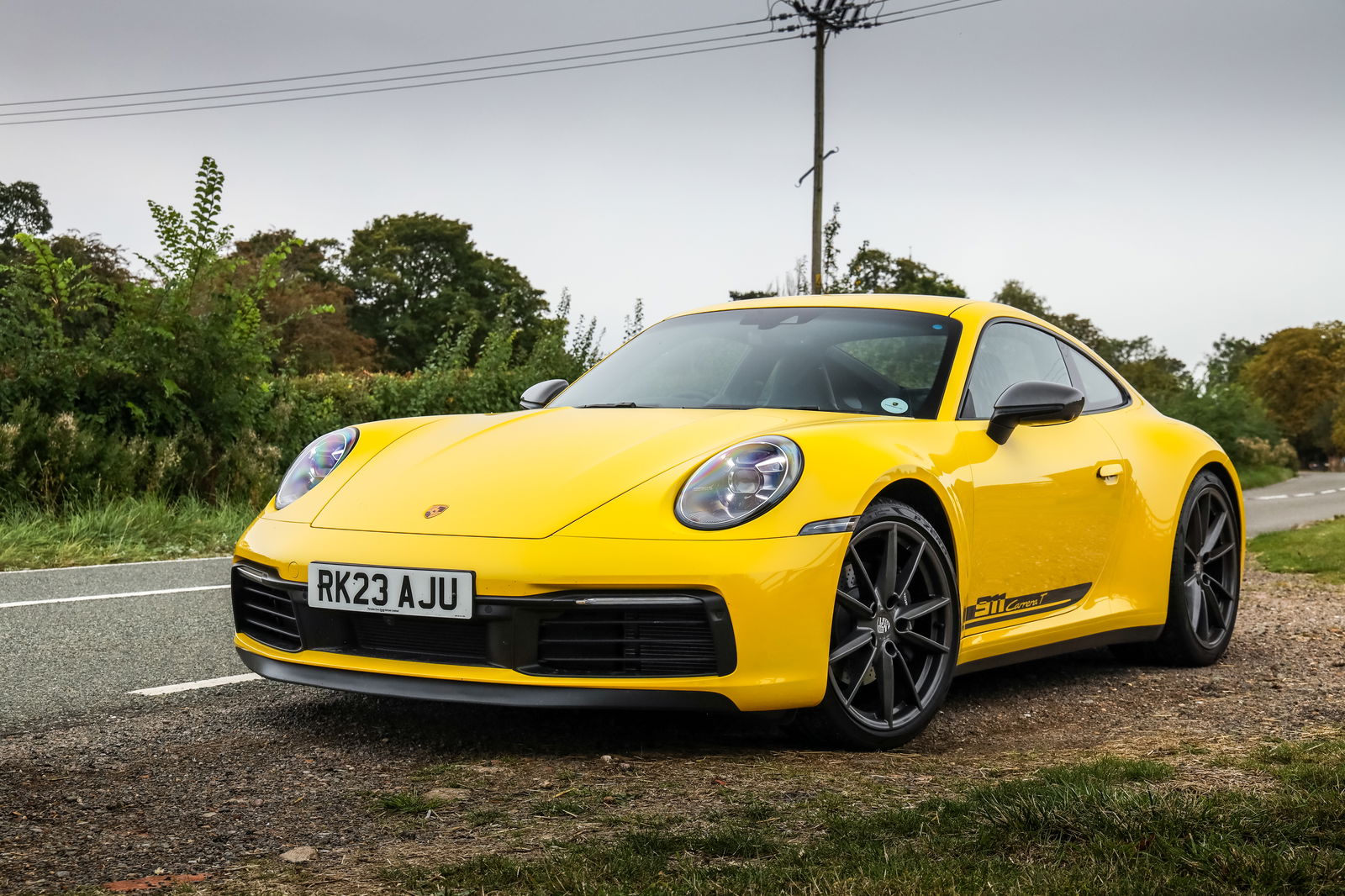

Comments